Weaponising faith
Bangladesh’s NSI expose a secret RAW network recruiting citizens for terrorist operations inside Pakistan

In the complex matrix of South Asian security, a troubling development has come to light, one that exposes the dual nature of India's intelligence apparatus. Bangladesh's National Security Intelligence (NSI) recently unearthed a clandestine network orchestrated by India's Research and Analysis Wing (RAW) to recruit Bangladeshi nationals into Fitna-al-Khawarij (FaK) which is a terrorist organisation operating inside Pakistan. This revelation underscores not only the growing reach of Indian intelligence operations but also its dangerous reliance on proxy networks in order to pursue regional destabilisation.
The results of NSI showed that there are at least 25 citizens of Bangladesh, excluding four of them killed in Afghanistan, who are active participants in the terrorist operations linked to FaK in Pakistan. They were said to have been used as puppets and sent to the Pakistani land like a disposable commodity, meant to penetrate the country in the name of religious fanatics. These allegations have been further confirmed by the arrests that were carried out by the Anti-Terrorism Unit (ATU) in Bangladesh in recent months. In July 2025, the leaders of the Jamatul Ansar Fil Hindal Sharqiya (JFHS) terrorist group were arrested, including Ahmed Faisal, who had travelled to Afghanistan the previous year to be trained on terrorist activities, and on 14 July, Dr Shamin Mahfuz, who led this terrorist group.
The disclosure is so frightening not only to Pakistan but also to South Asia at large. It reveals the systematic attempts by RAW to externalise terrorism, exporting instability to its neighbours as it develops an image of victimisation by cross-border extremism in the global community.
The same state which discriminates against its own Muslim population with the help of discriminatory laws and violent vigilantism is now playing the Islamic rhetoric on the international scale to create division. Such cynical use of religion in state policy is not only destroying peace in the region but also the moral authority that India has on the world stage.
The strategic reasoning here is clear. By providing funds and diverting extremist groups to Pakistan and Bangladesh, RAW hopes to get a two-fold result: first, to destabilise Pakistan internally through terror proxies; second, to portray Pakistan internationally as a breeding ground for terrorism.
The exposure of this network by Bangladesh in its proactive manner is a turning point. Intelligence agencies of Dhaka have demonstrated excellent vigilance in finding out how their nationals were being controlled and radicalised in the hands of foreigners. It also gives a serious message that there is no way a regional sovereignty can be undermined by any state's hidden motive.
The situation calls for collective introspection across South Asia. If one state continues to instrumentalise terrorism as an arm of its foreign policy, the security of the entire region remains at risk. The cooperation of counterterrorism should be based on transparency, rather than deception.
At its core, this episode reveals an unsettling paradox: India projects itself as a beacon of democracy and stability, yet its covert strategies mirror the very extremism it claims to fight. Cannon foddering the Bangladeshi citizens and exporting terrorism in the name of religion, RAW has entered a very thin moral and strategic line as this activity is not only weakening the stability of South Asia, but also wearing out the hypocrisy of Indian democratic claims.
If peace in South Asia is to be restored, the first step must be dismantling the architecture of deception. Terrorism cannot be selectively condemned; it must be universally rejected, regardless of who sponsors it or why. Bangladesh's revelation is a wake-up call: the region must unite against all forms of state-sponsored subversion, for only through collective accountability can genuine peace and trust prevail.


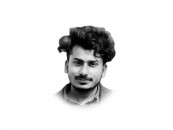
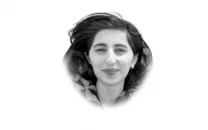

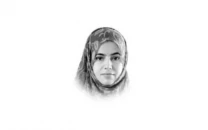
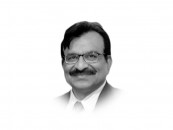
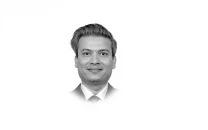


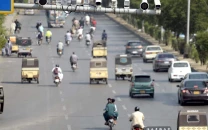
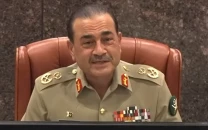
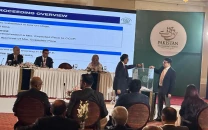

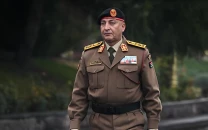


COMMENTS
Comments are moderated and generally will be posted if they are on-topic and not abusive.
For more information, please see our Comments FAQ